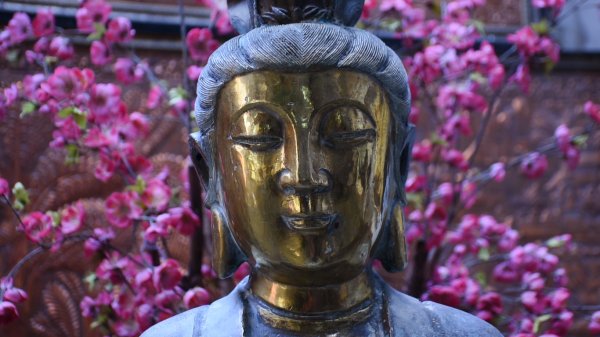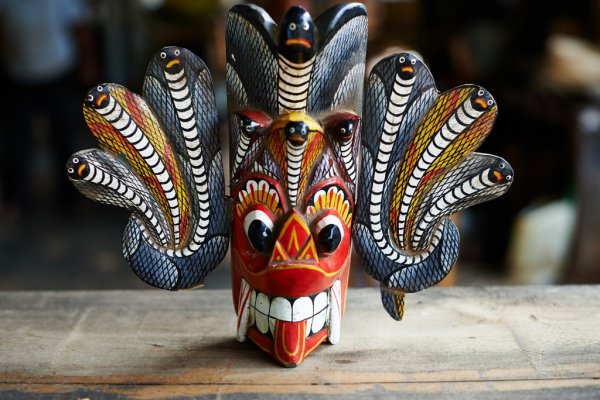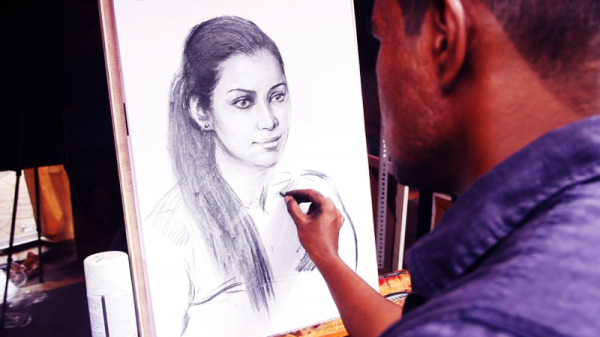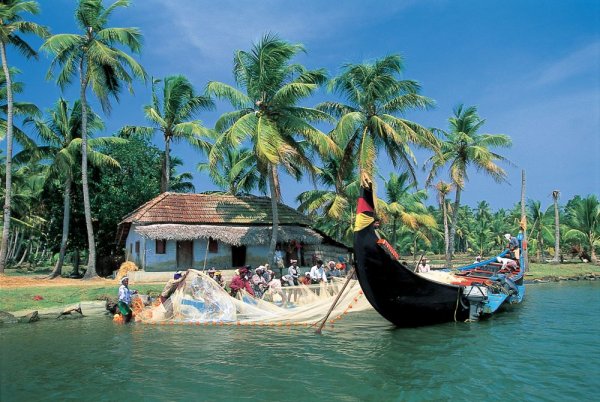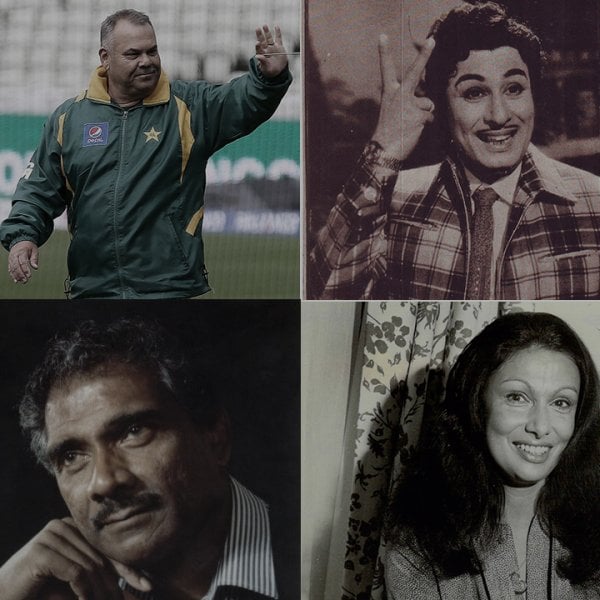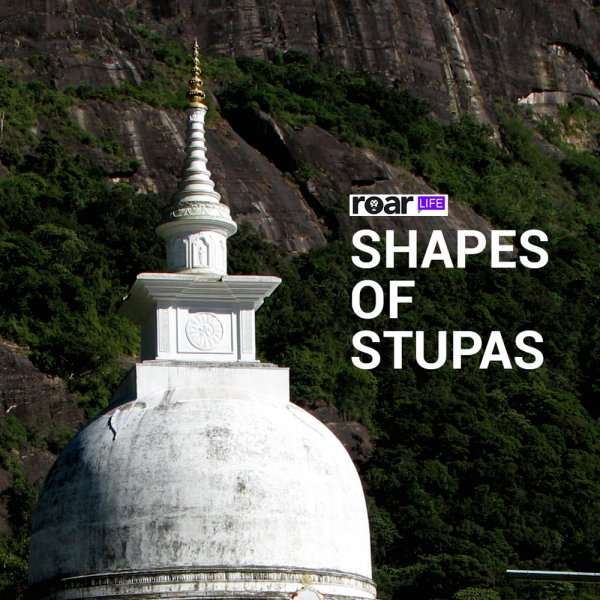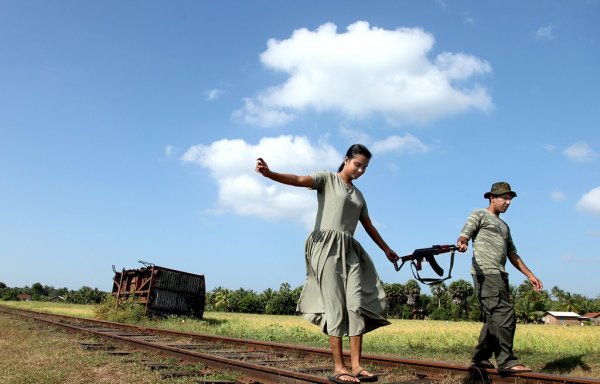
The Nallur Sri Kandaswamy Kovil, one of the most significant Hindu temples on the island, is located in the town of Nallur in the district of Jaffna. The Nallur festival is Sri Lanka’s longest festival, spanning 25 days of processions and rituals, all carried out in honour of the god Skanda.
During the festival, Jaffna town is completely transformed—roads around the kovil are closed, and stalls selling food, toys, and all manner of colourful items cater to the crowds filling the streets.
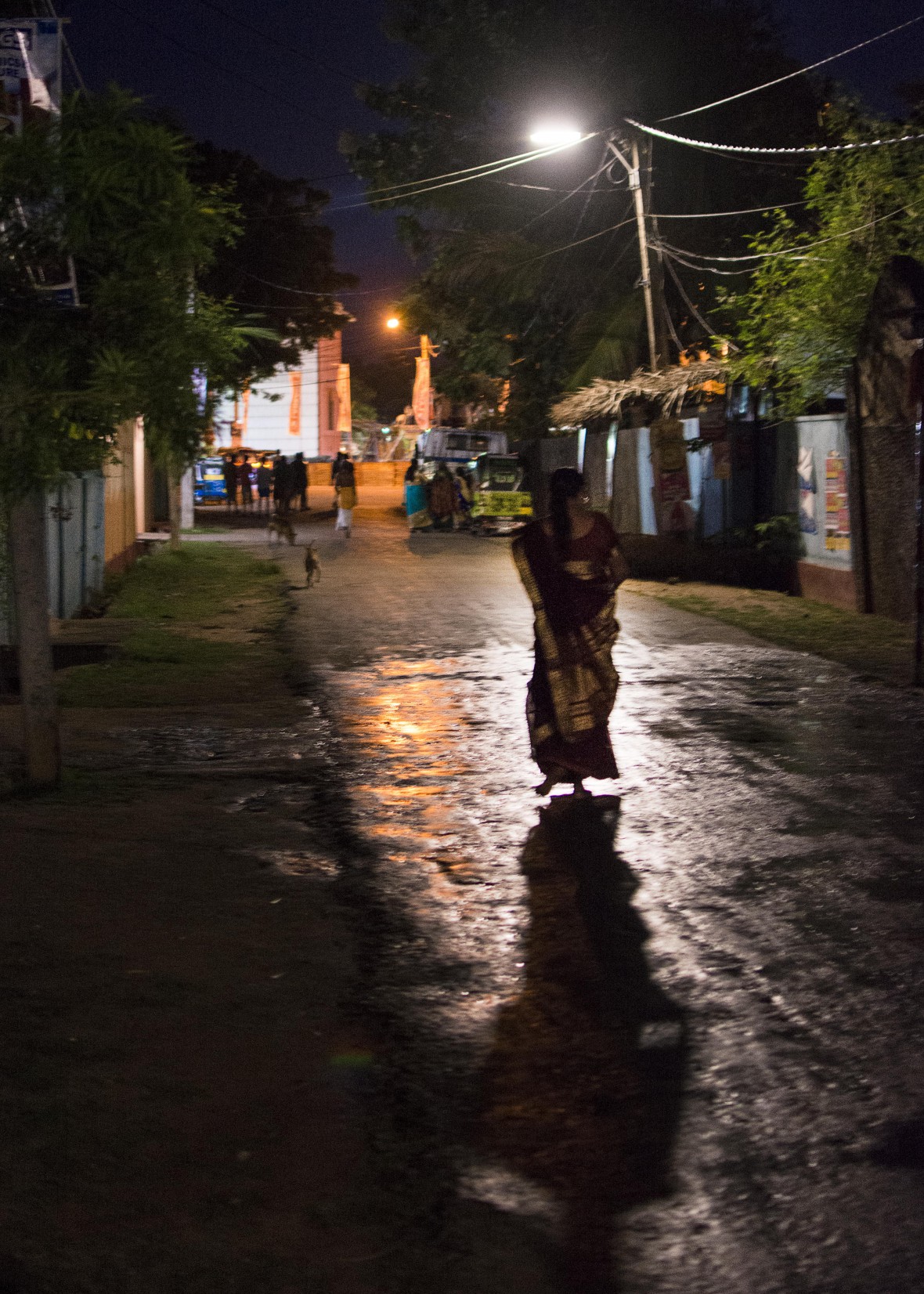
Pilgrims walk to the temple at as early as 5:00 a.m. to carry out poojas.
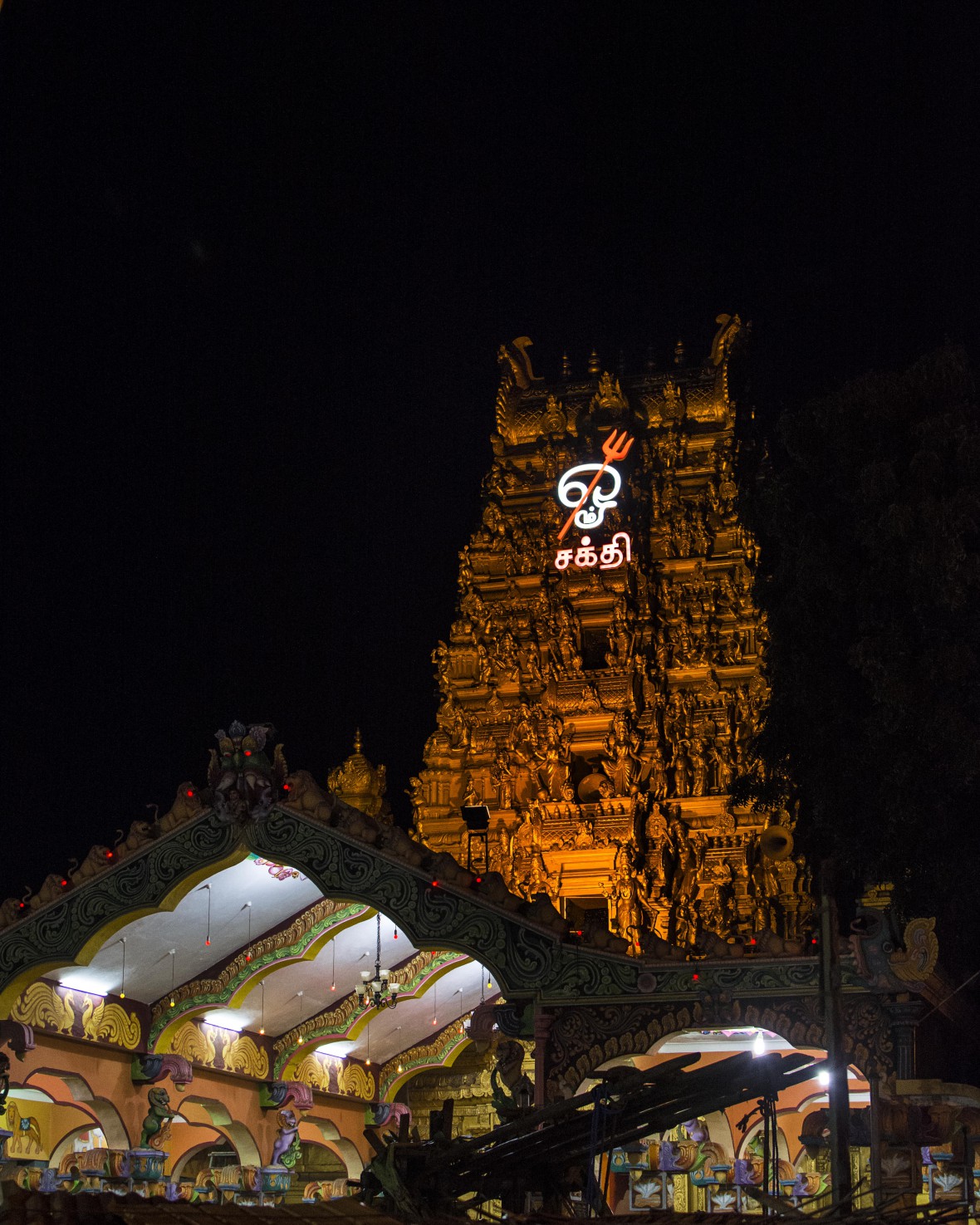
The Veeramahakali Amman Kovil as seen from the Jaffna-Point Pedro Road
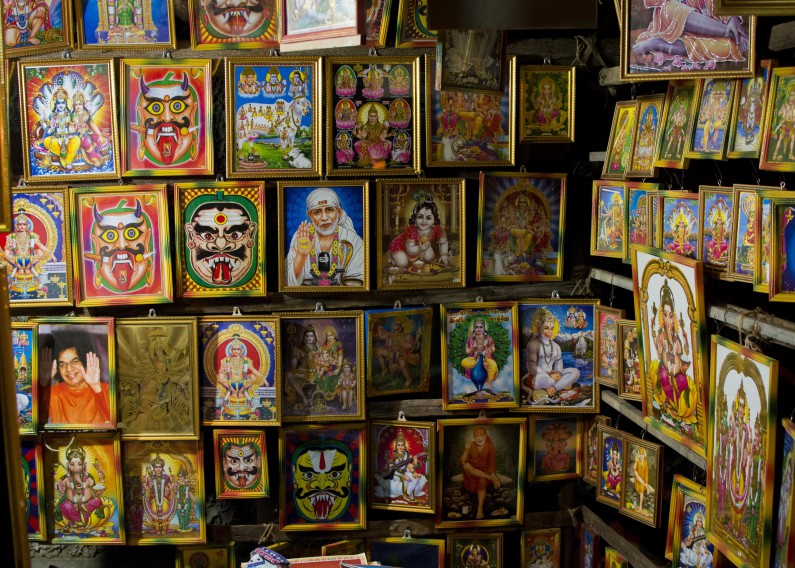
Along the streets, a number of stalls have cropped up, some of them selling picture frames of Hindu gods and Sai Baba.
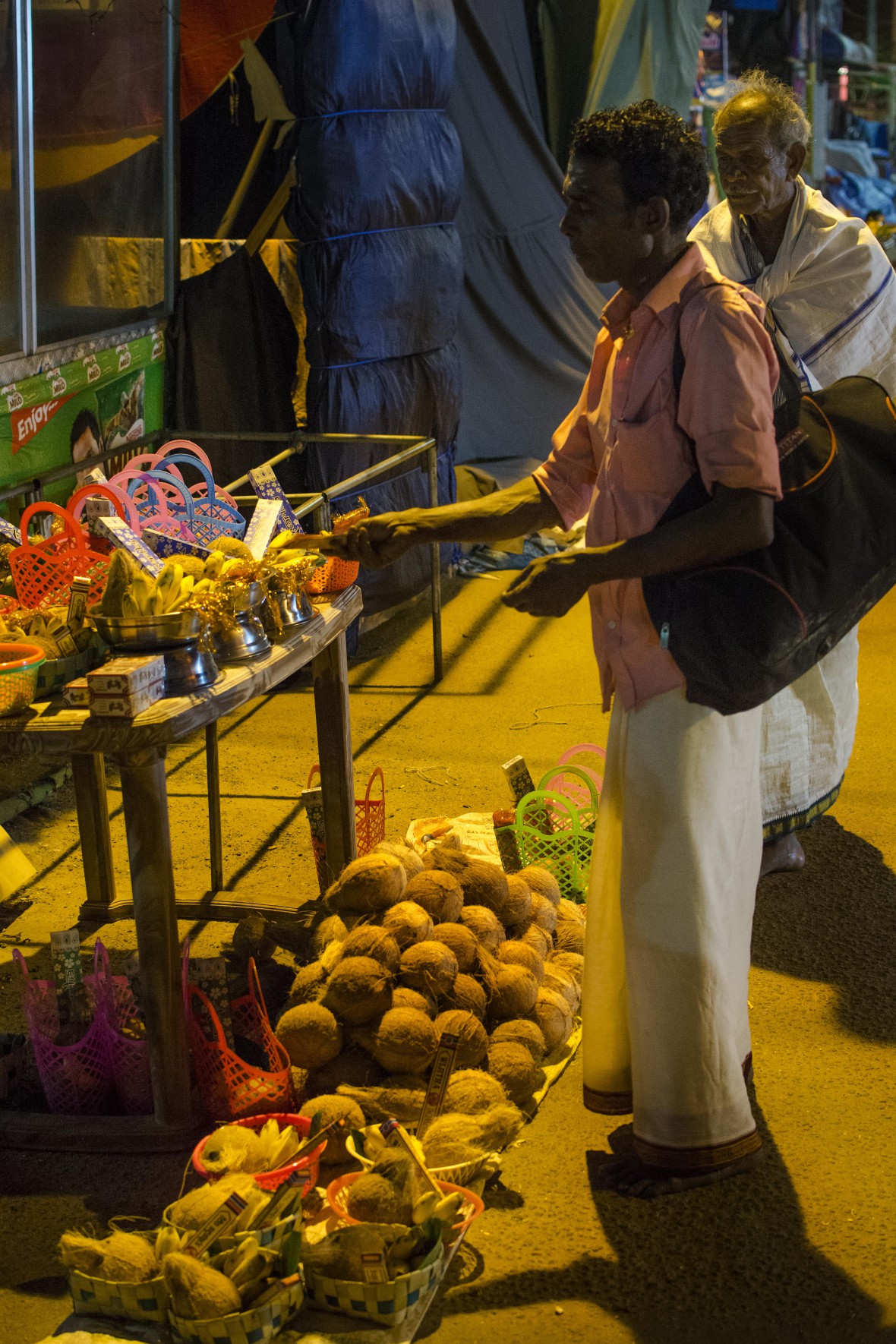
Catering to worshippers, other vendors sell kalanji (an offering of flowers, coconut, and fruits) at the entrance of the temple.

Thirsty pilgrims take a quick tea break.

Hindus are expected to remove all footwear before entering temple premises. During the 25-day festival, most consider a wide area of Nallur as holy ground and thus travel barefoot for that entire distance.
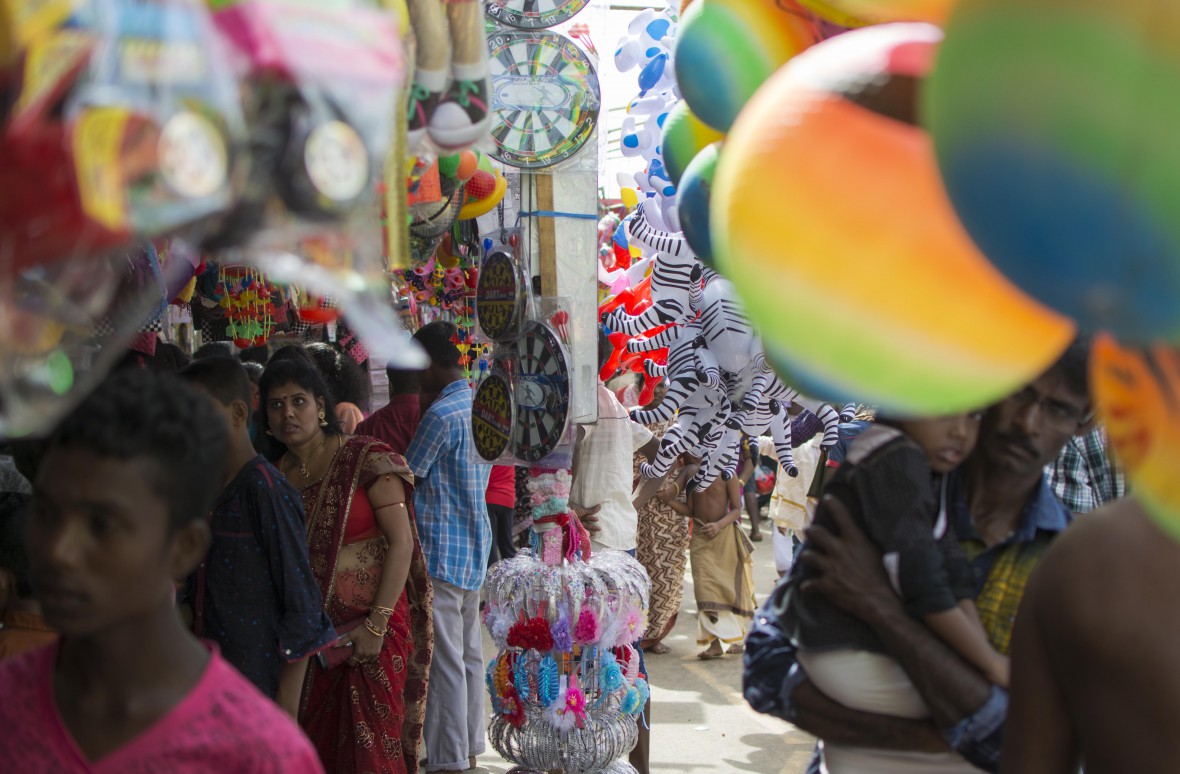
Rows of stalls selling fancy goods and plastic toys add vibrant colour to the surroundings.
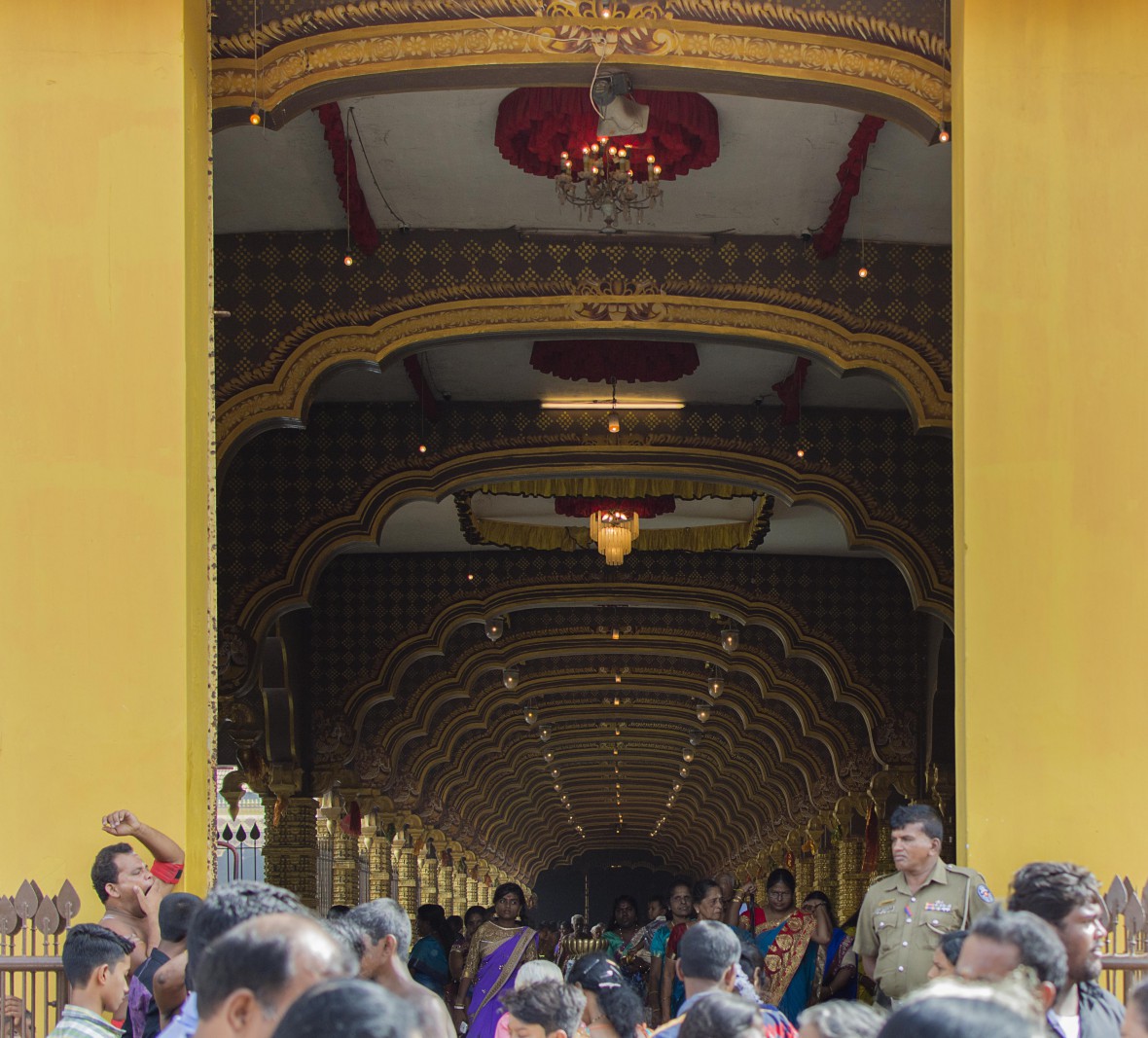
Photography is strictly prohibited inside the temple, so the view from one of the temple exits is the closest a camera can capture.
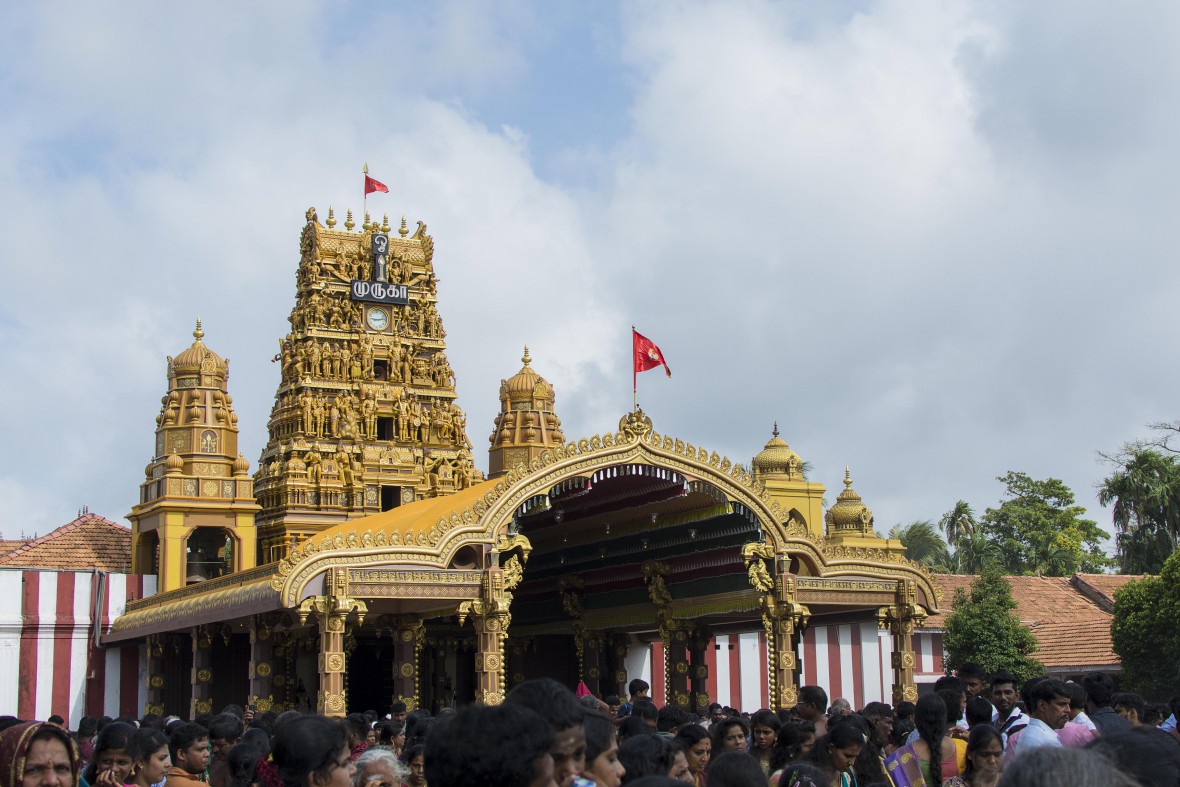
The Nallur Kandaswamy Temple (நல்லூர் கந்தசுவாமி திருக்கோயில்) in all its glory. This year’s festival attracted over 500,000 people from all around the country and abroad.

Upon arriving at the temple, most devotees often stop and pray, prostrating with their hands above their heads.

A Hindu devotee performs what is known as a ‘Anga Pradakshinam’, showing gratitude to the presiding deity of the temple.
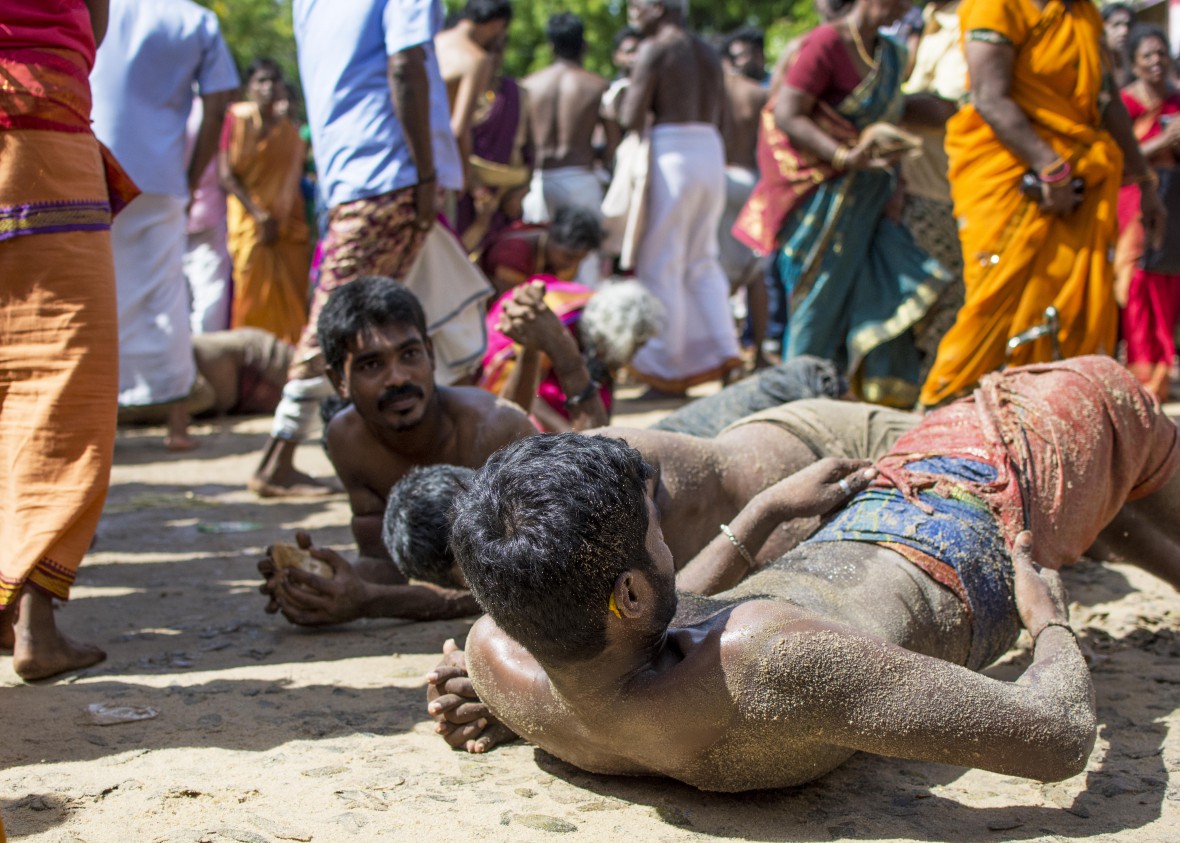
In most instances, an ‘Anga Pradakshinam’ is performed by pilgrims after taking up an oath to combat hardships they may face in their lives.
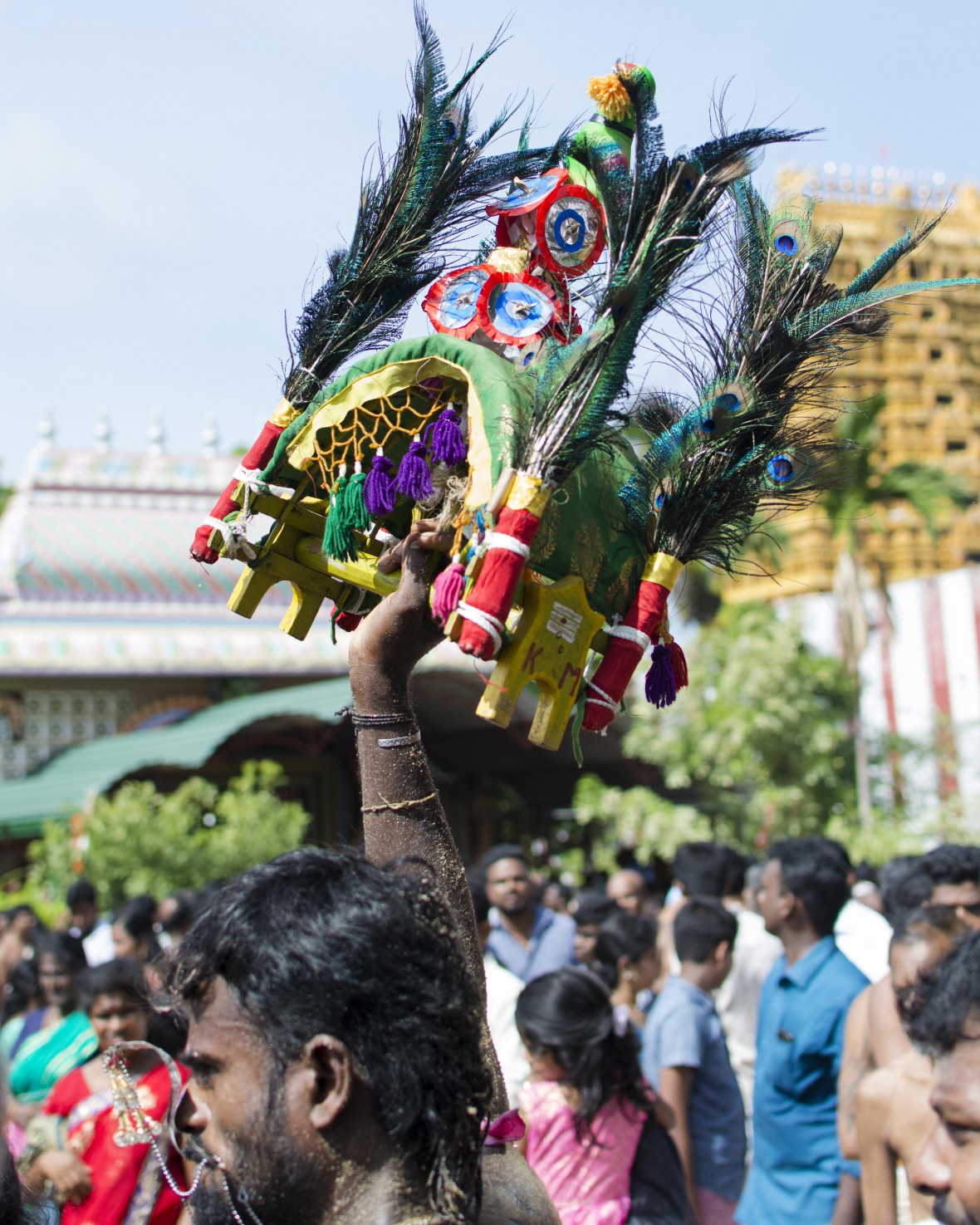
A kavadi, used in ‘Kavadi Attam’ (meaning “burden dance”) is a ceremonial dance performed by pilgrims during the worship of Lord Murugan, the Hindu God of War. It is usually performed on behalf of a loved one who is in need of healing.
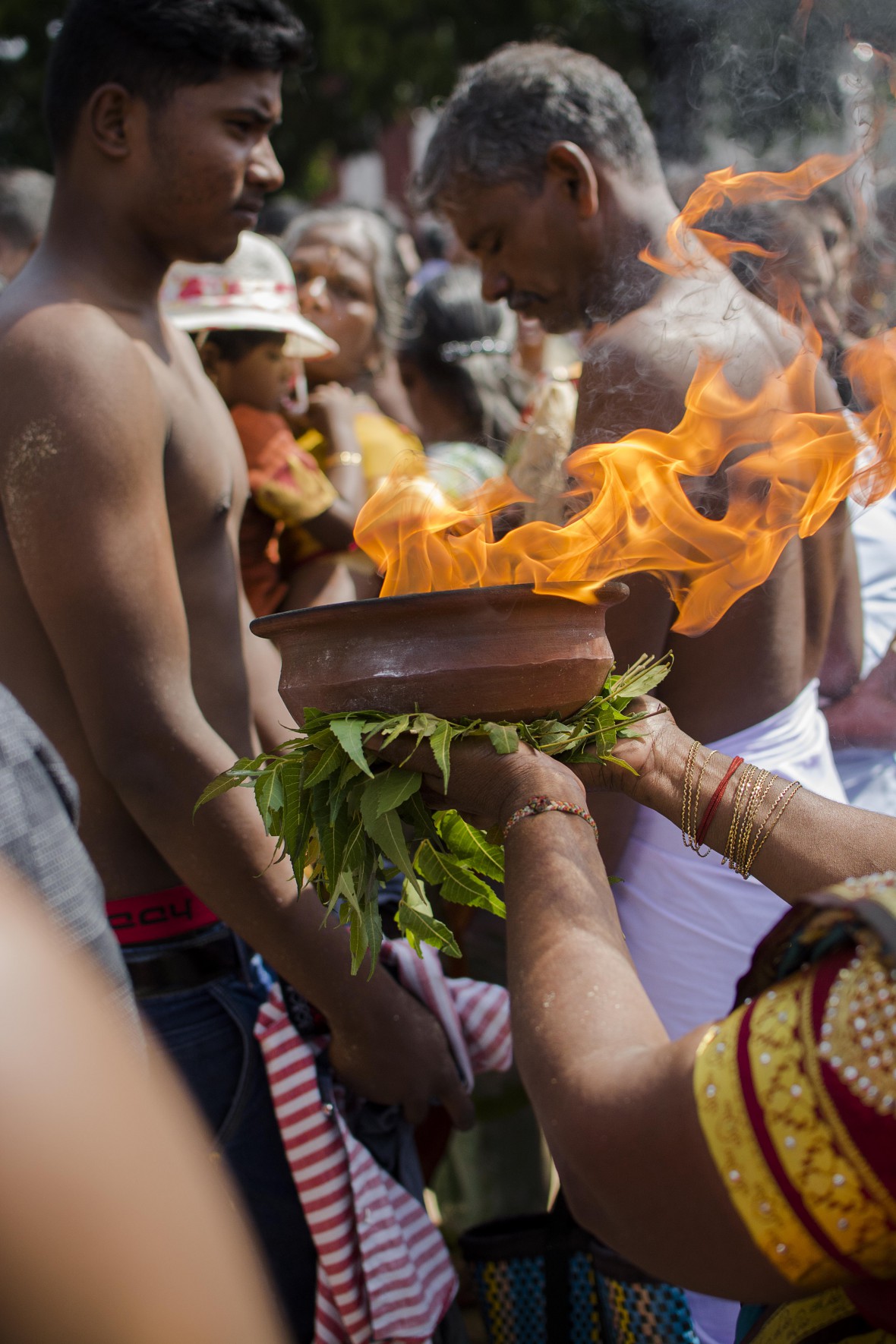
The ‘Thee Satti’ (Fire Pot) is carried by devotees while circling the temple premises. It is performed so good things occur in one’s life, or in gratitude for good that has happened.
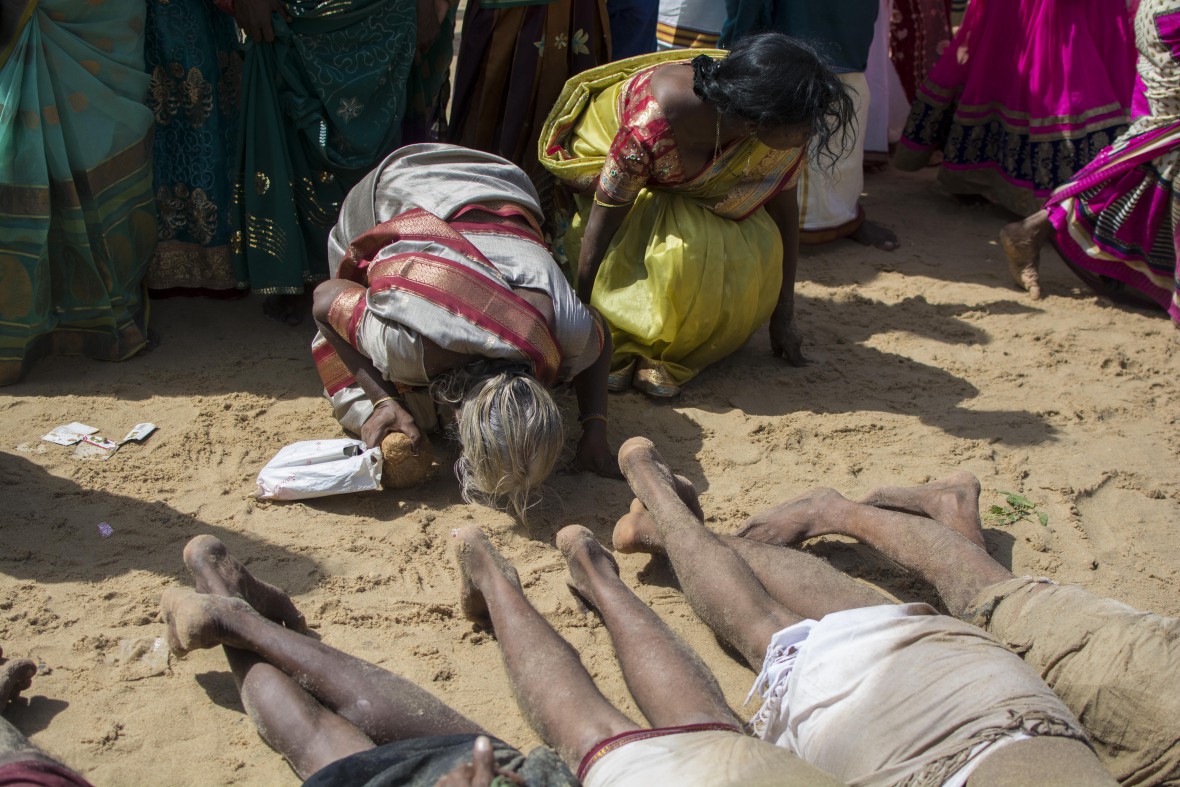
Pilgrims worshipping at the entrance of the temple.
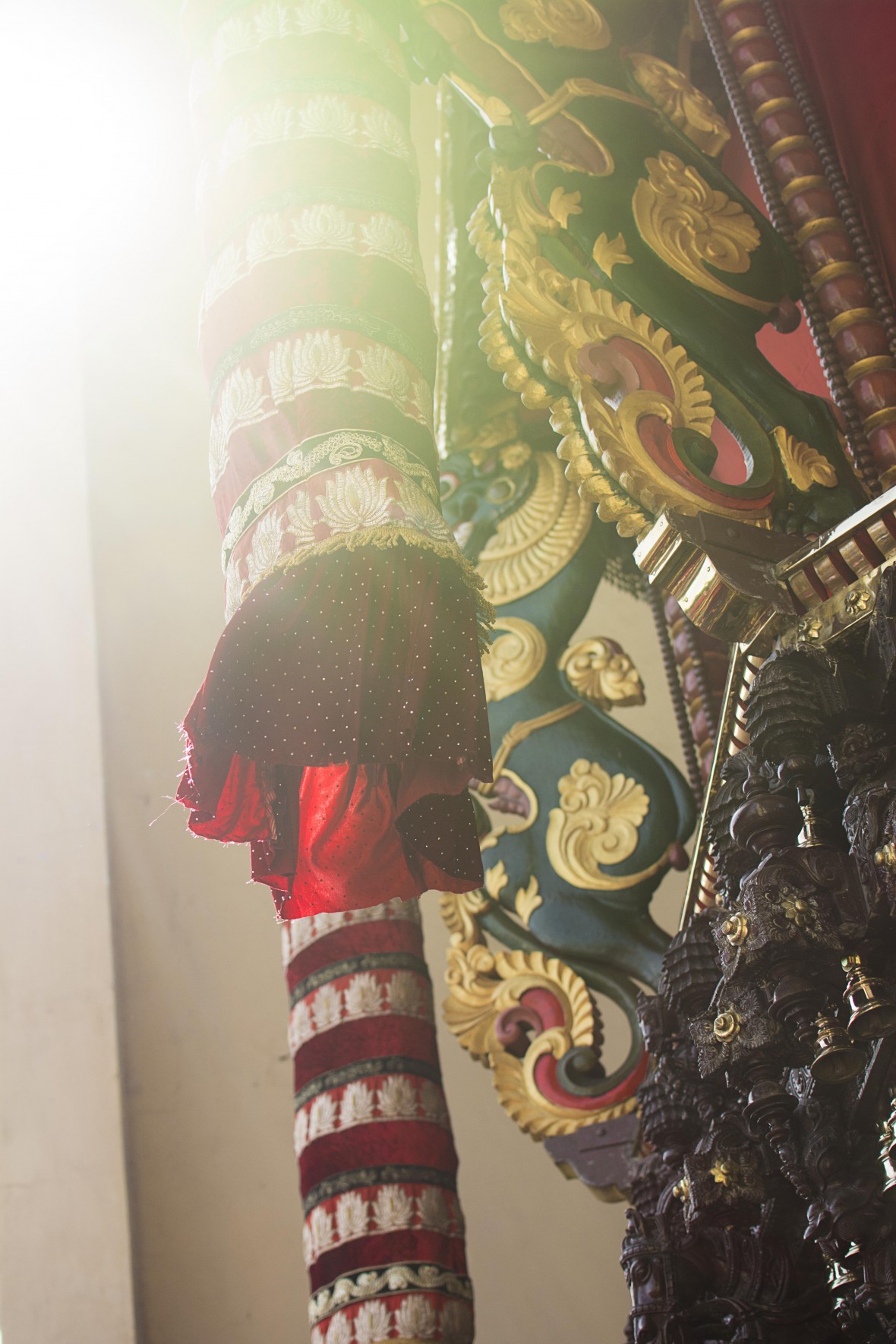
The main chariot used during the kovil procession, known as the ther.
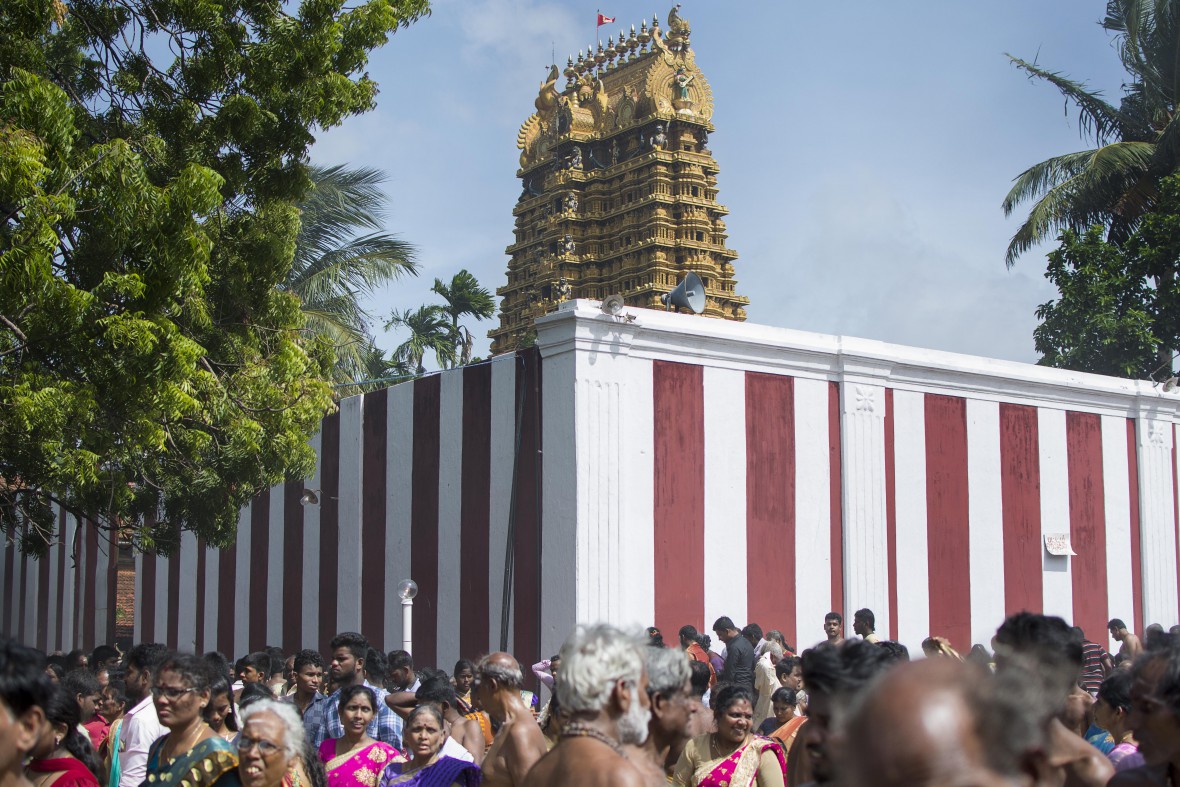
The Nallur Shiva Temple is constructed in the Dravidian style of architecture and is classified as Perunkoil. It dates back to the 9th century CE.
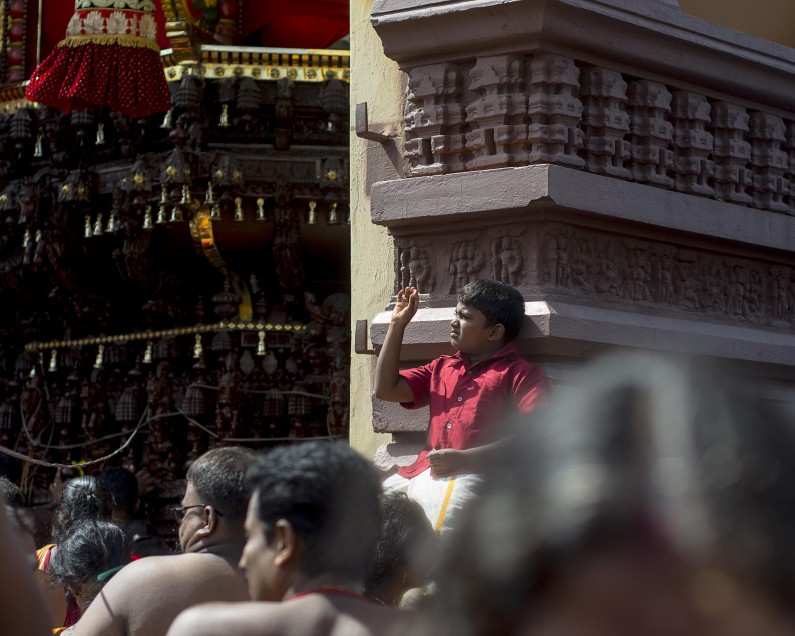
A child looks at the sun through a piece of camphor.
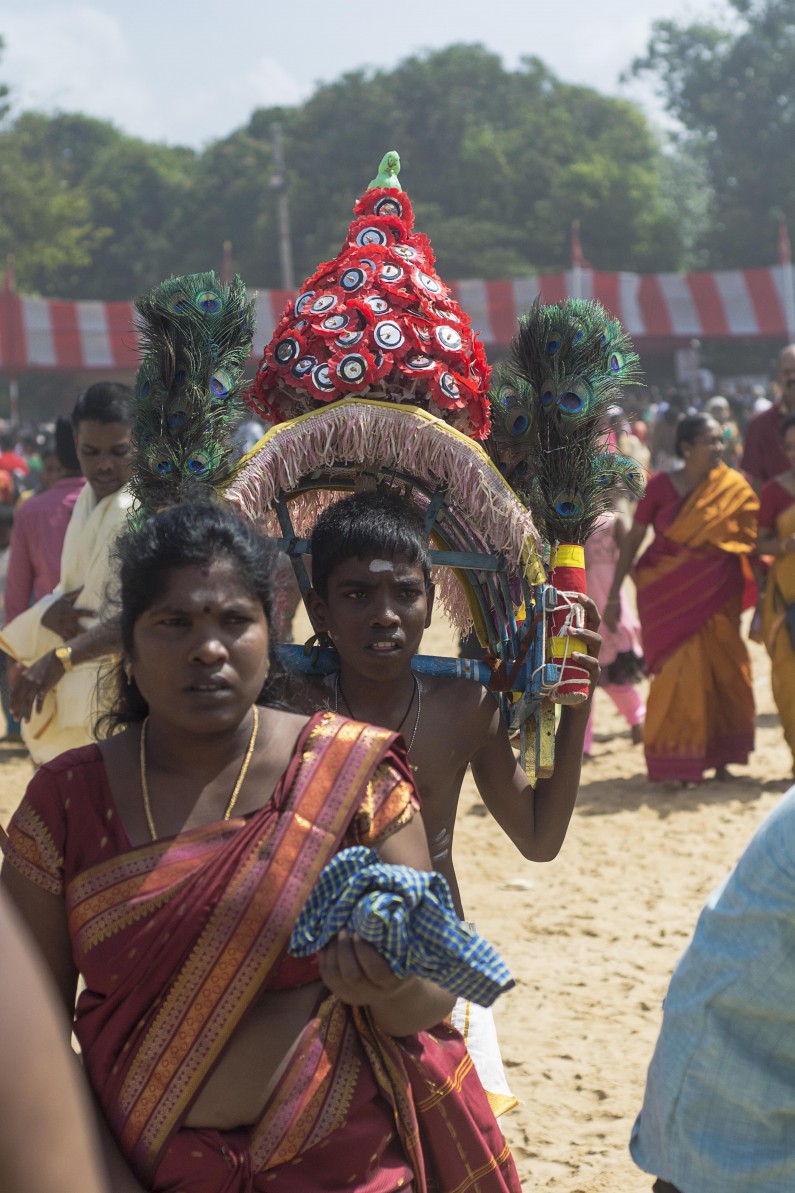
Kavadi dancers.
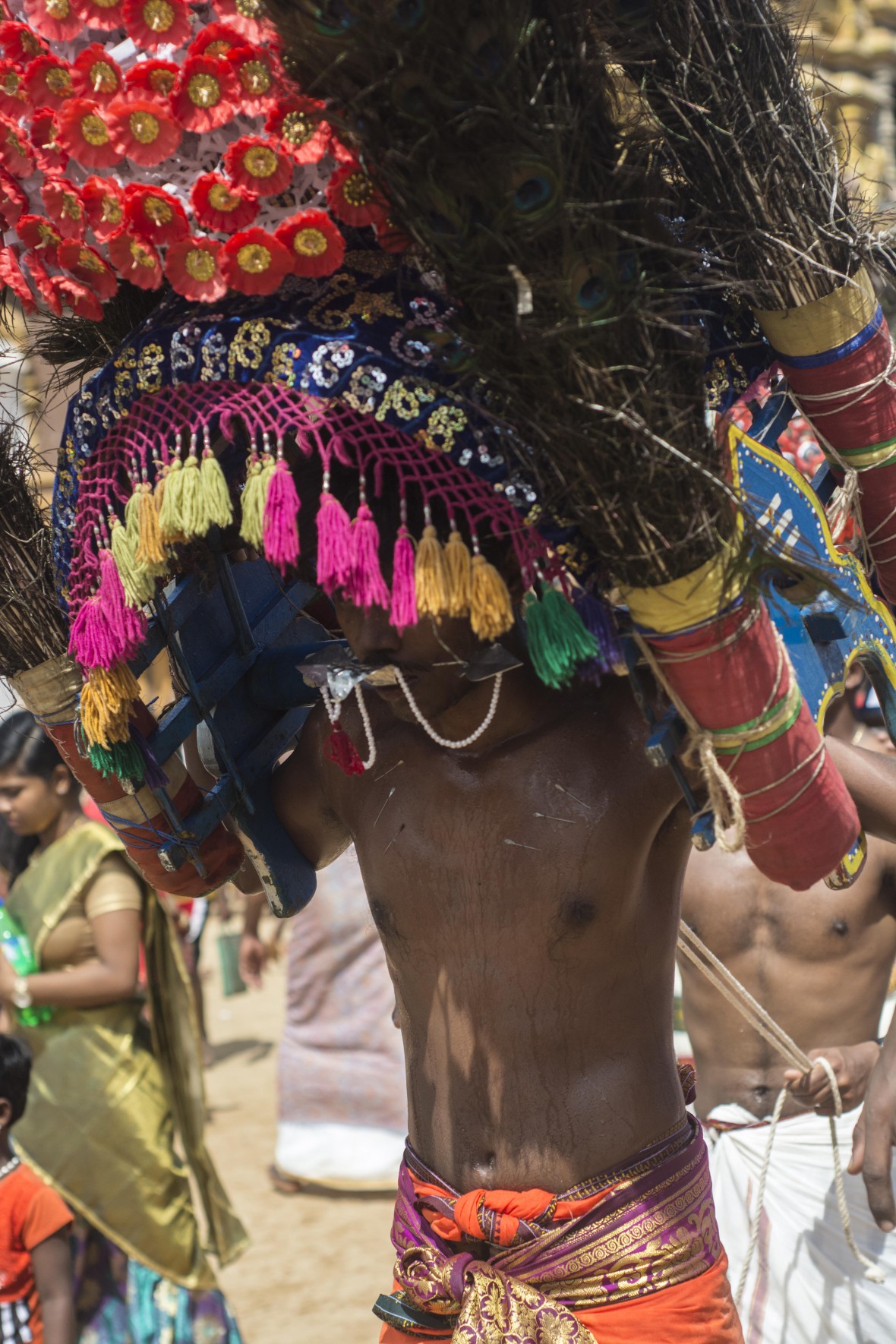
The kavadi is a physical burden, the bearing of which is used by the devotee to implore Murugan for assistance. A kavadi can weigh between 5 kg to 30 kgs.
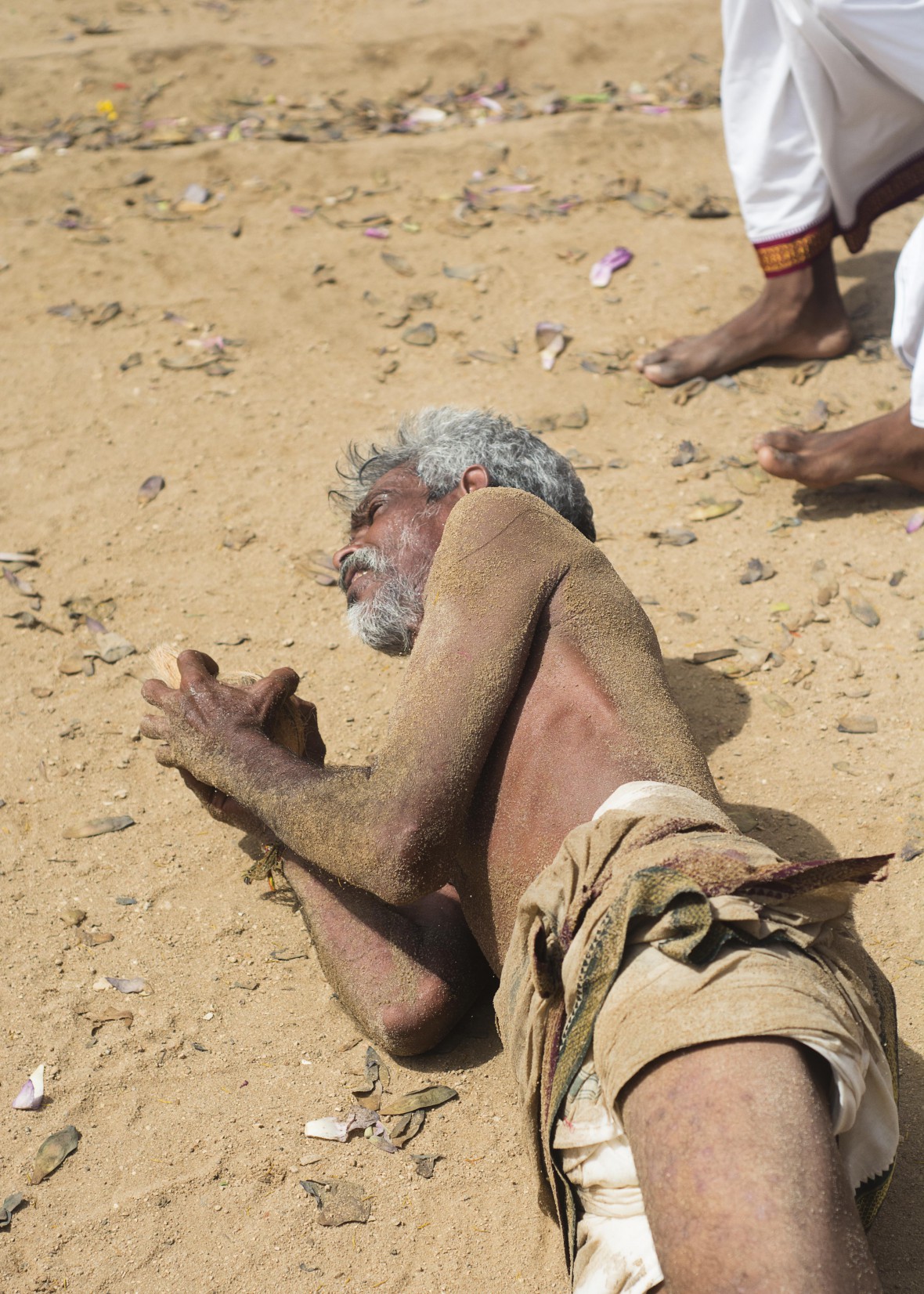
An old man is seen performing the Agna Pradakshinam in the mid-afternoon sun.
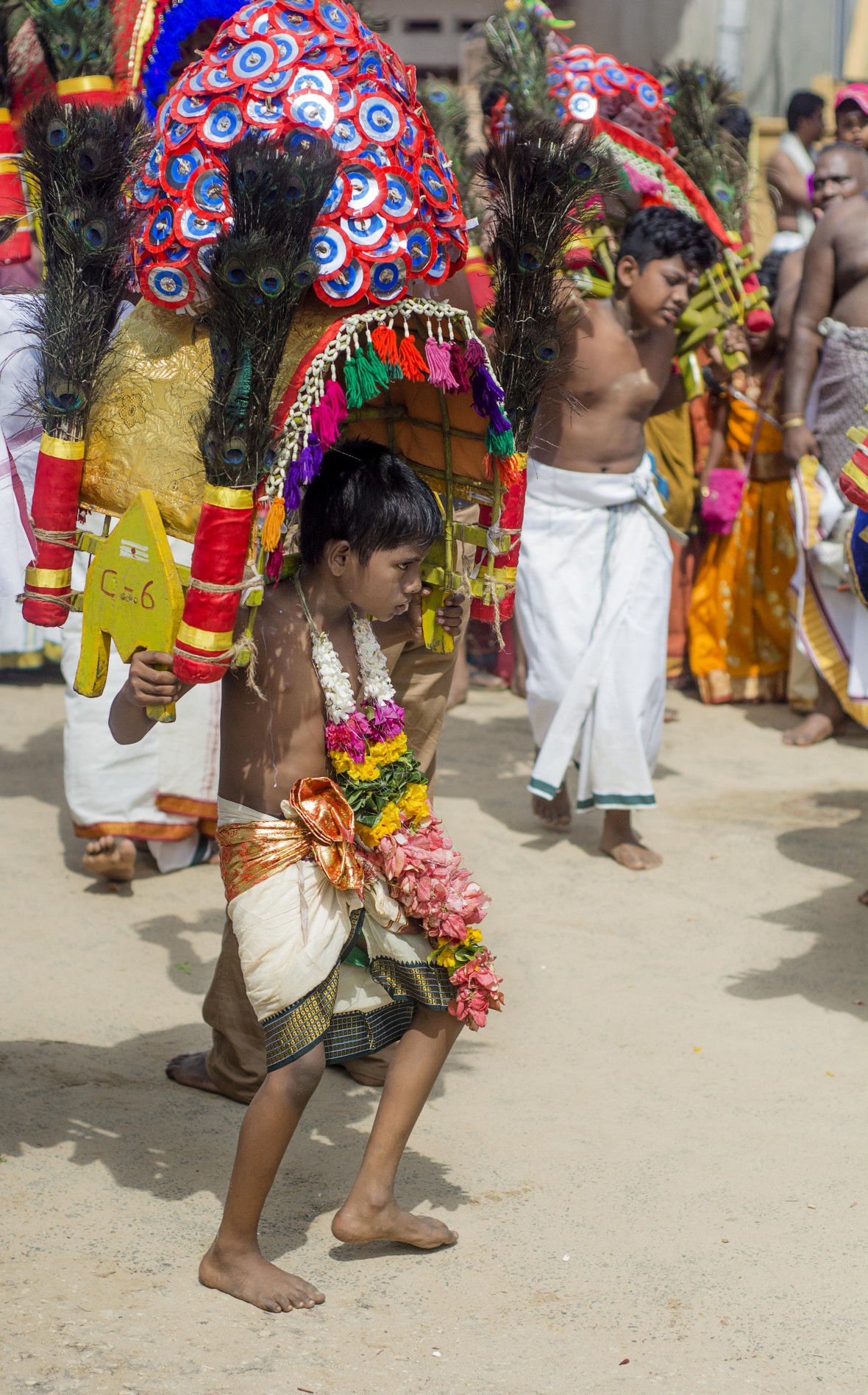
A child dancing with a kavadi.
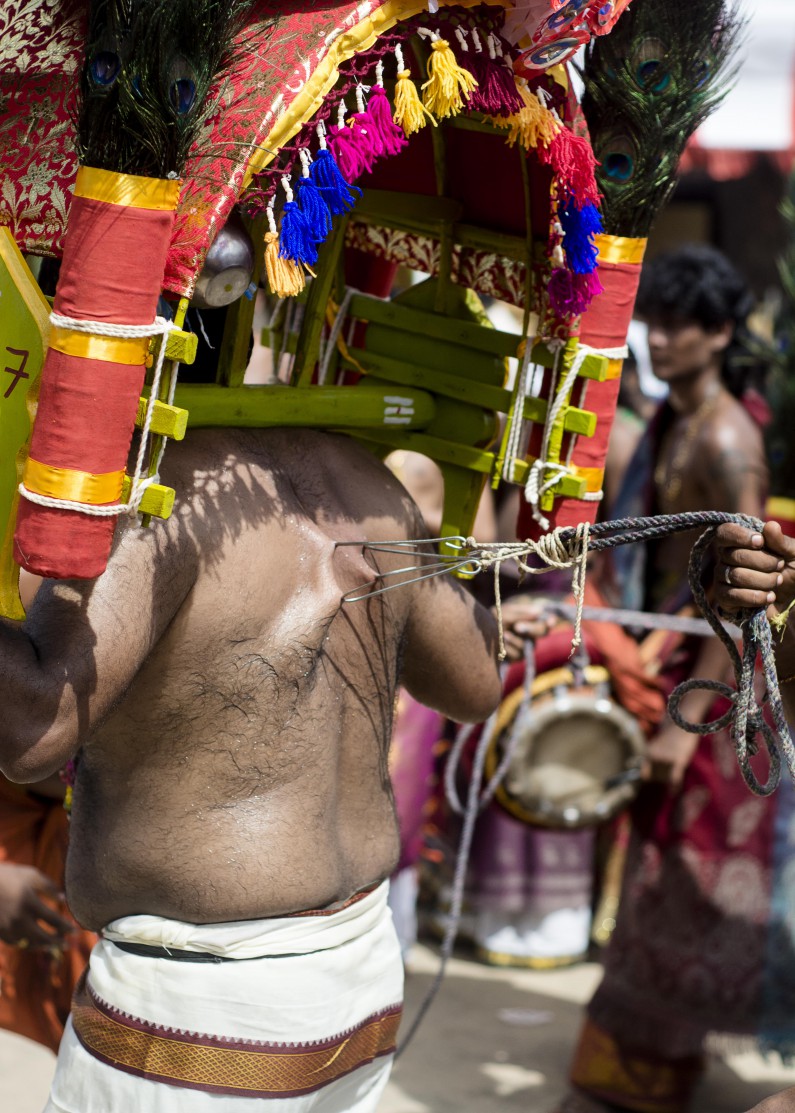
Pilgrims pierce metal hooks through their skin to show their devotion.
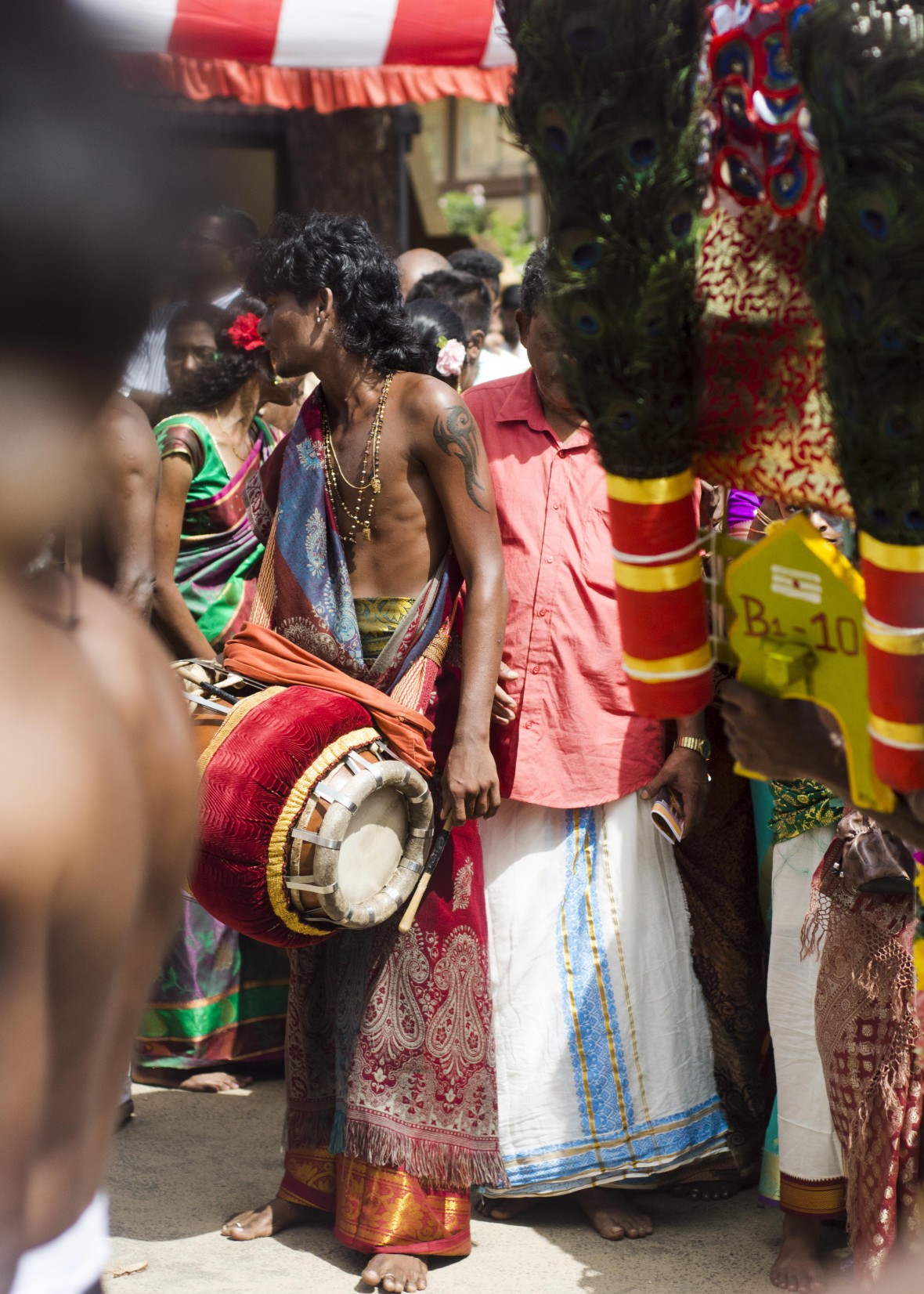
Thumping drumbeats can be heard from every corner of the temple.
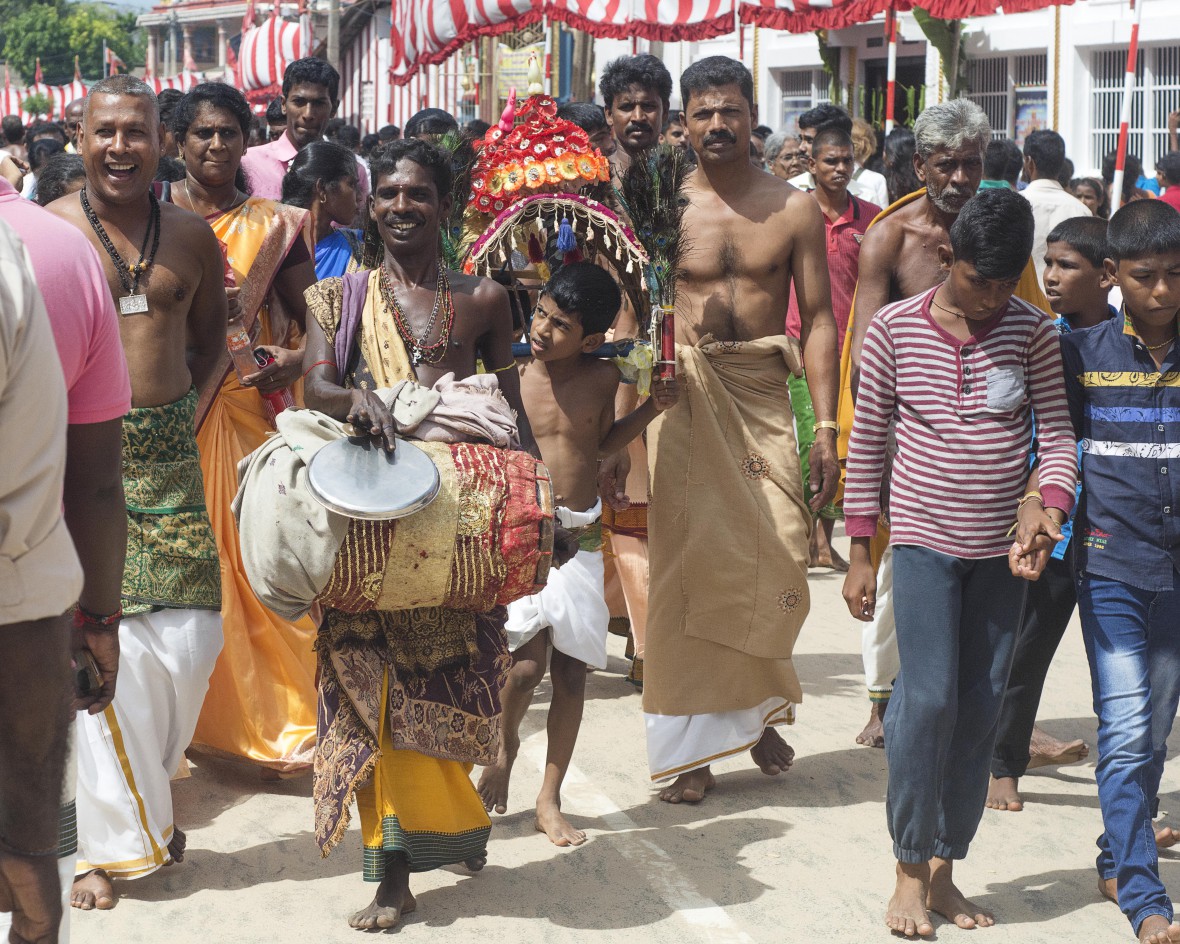
Devotees in a procession.
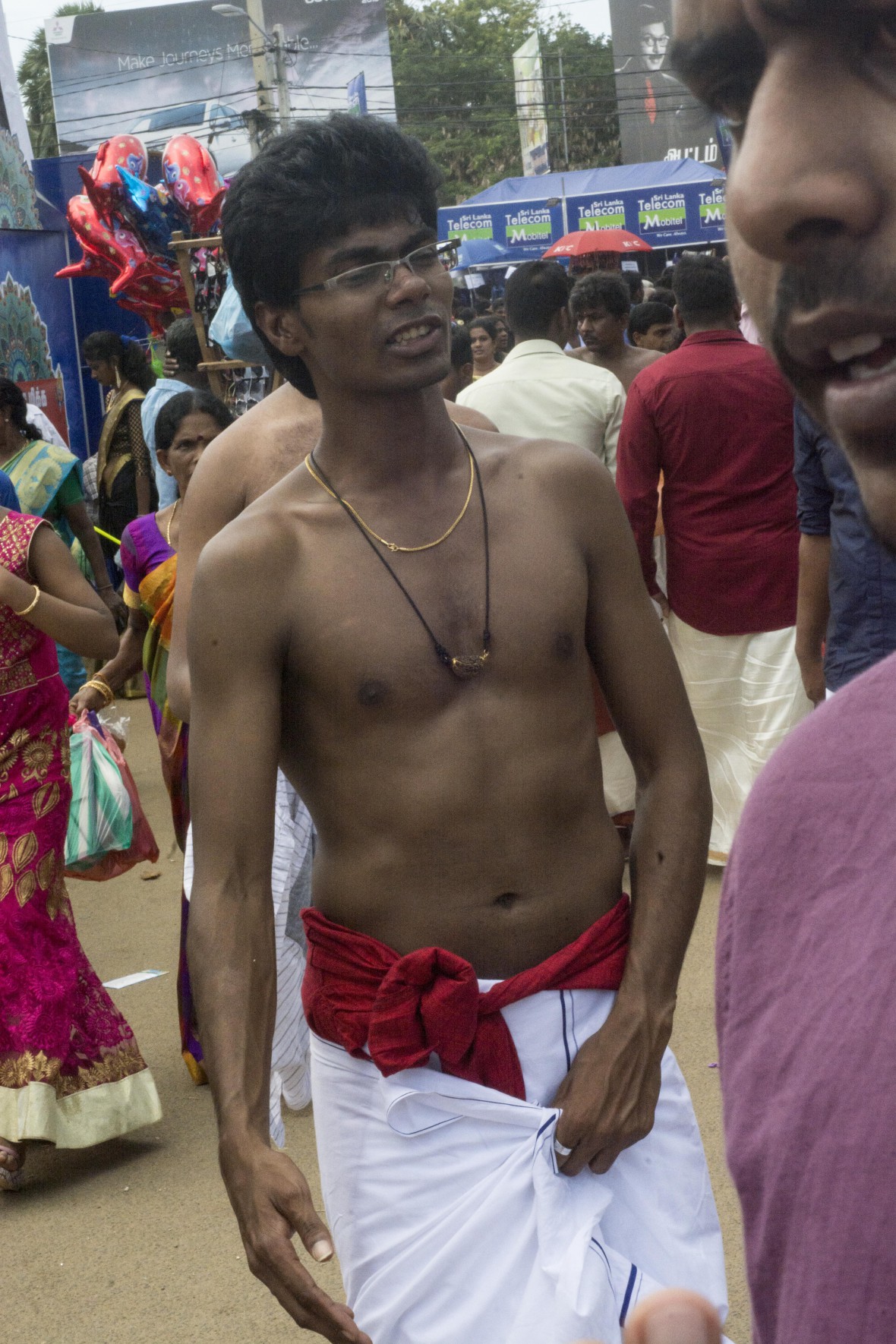
It is compulsory for all men to remove their shirts before entering the temple.
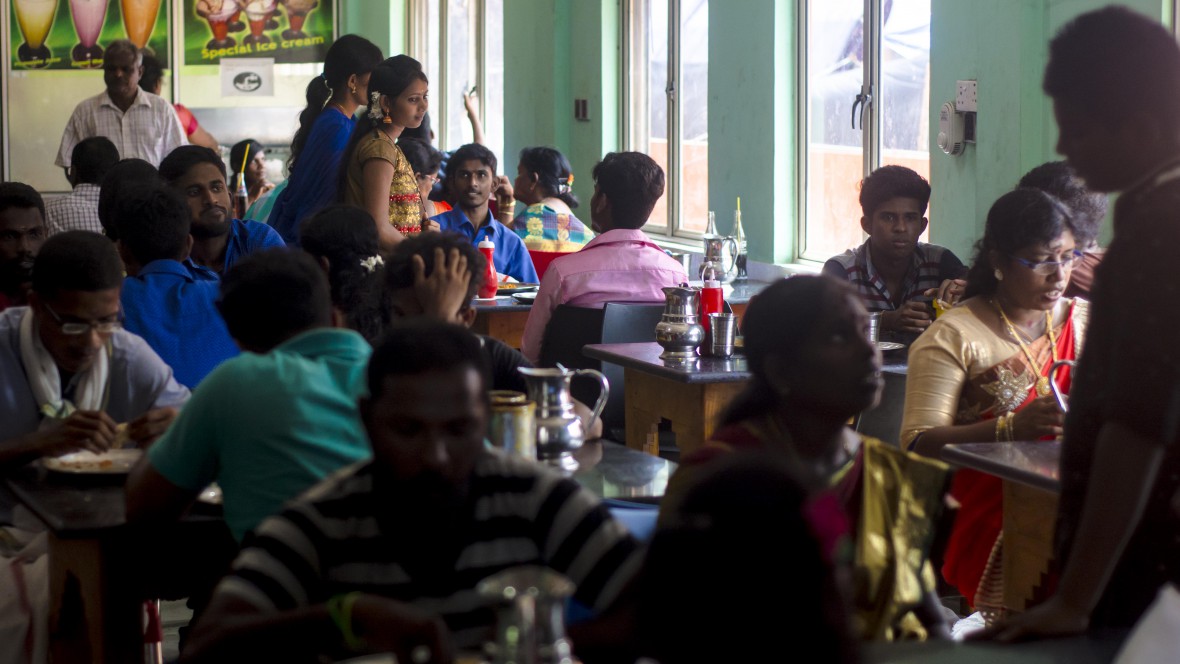
A local vegetarian café is packed with customers.
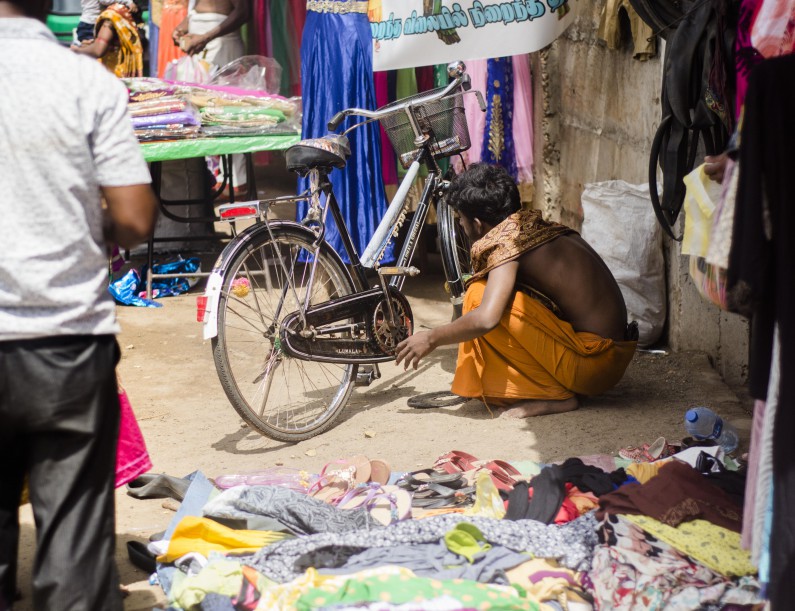
Jaffna’s preferred form of transportation.
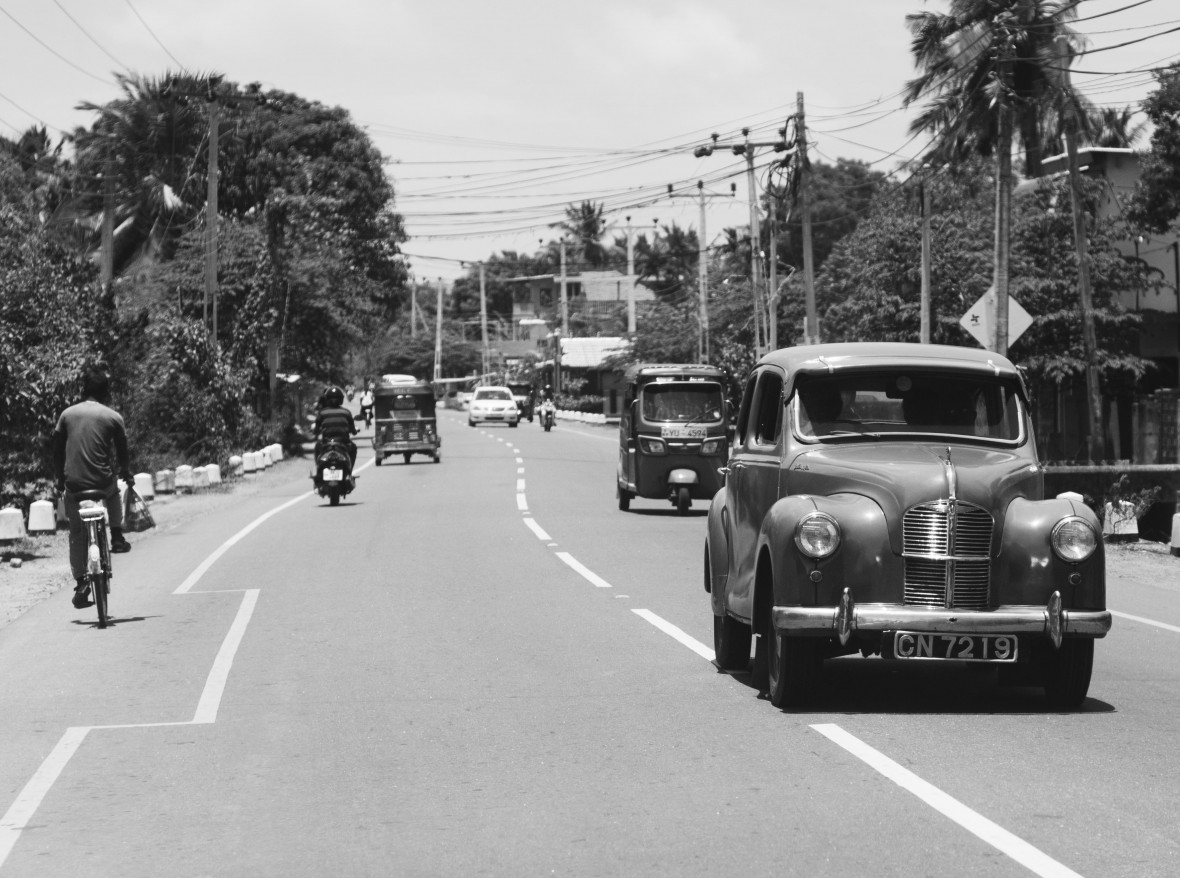
The Austin A40s, Morris Oxfords and Morris Minors of Jaffna town.

Old and new.
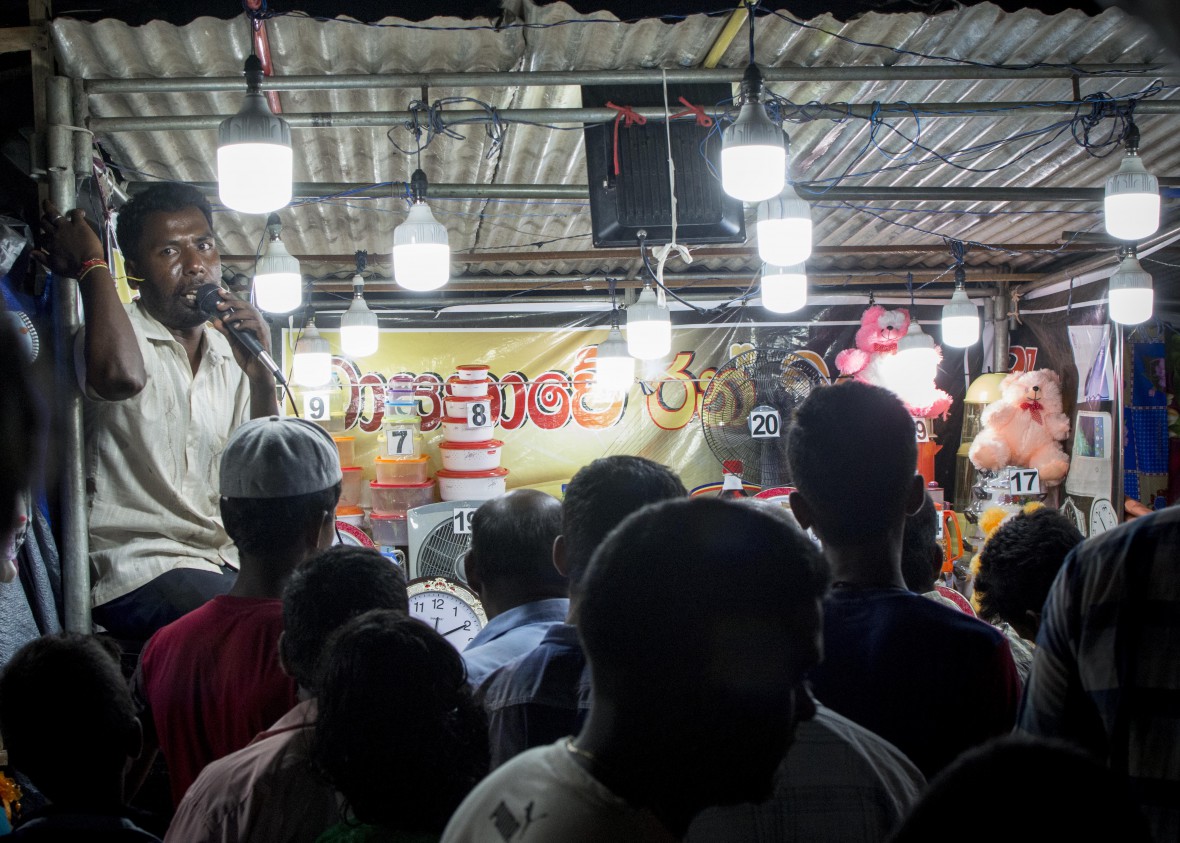
Game time at night.
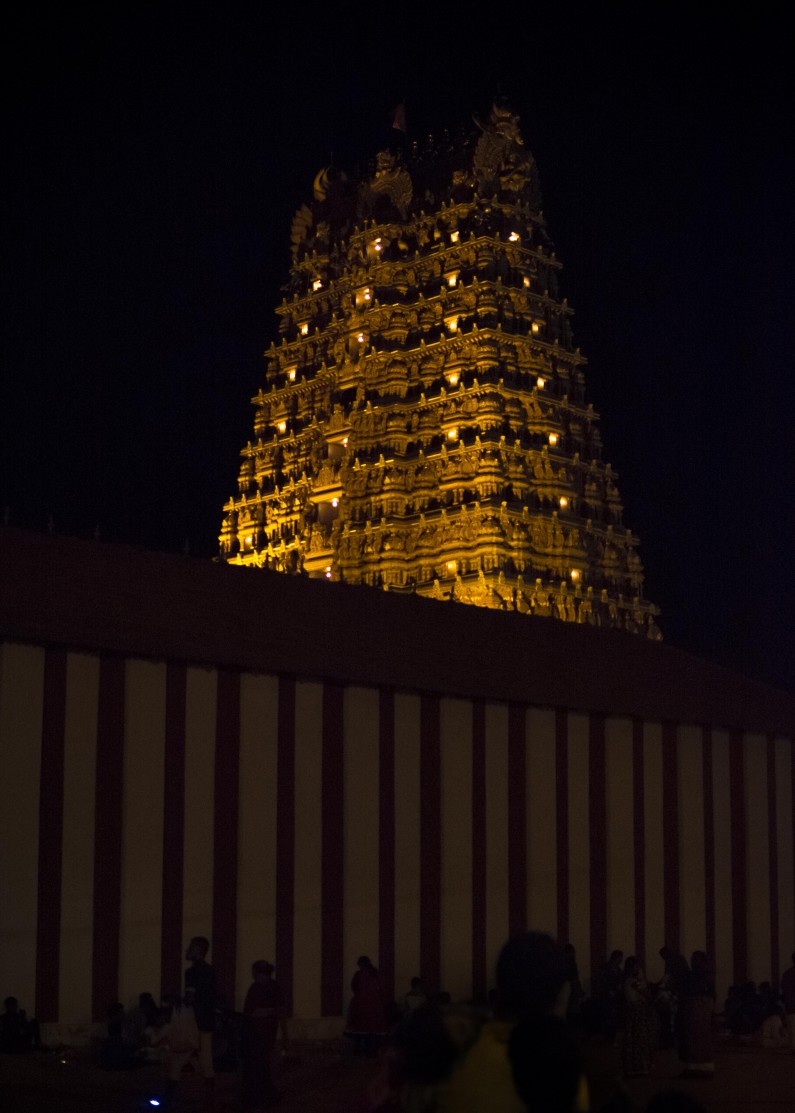
The Nallur Shiva temple at night.
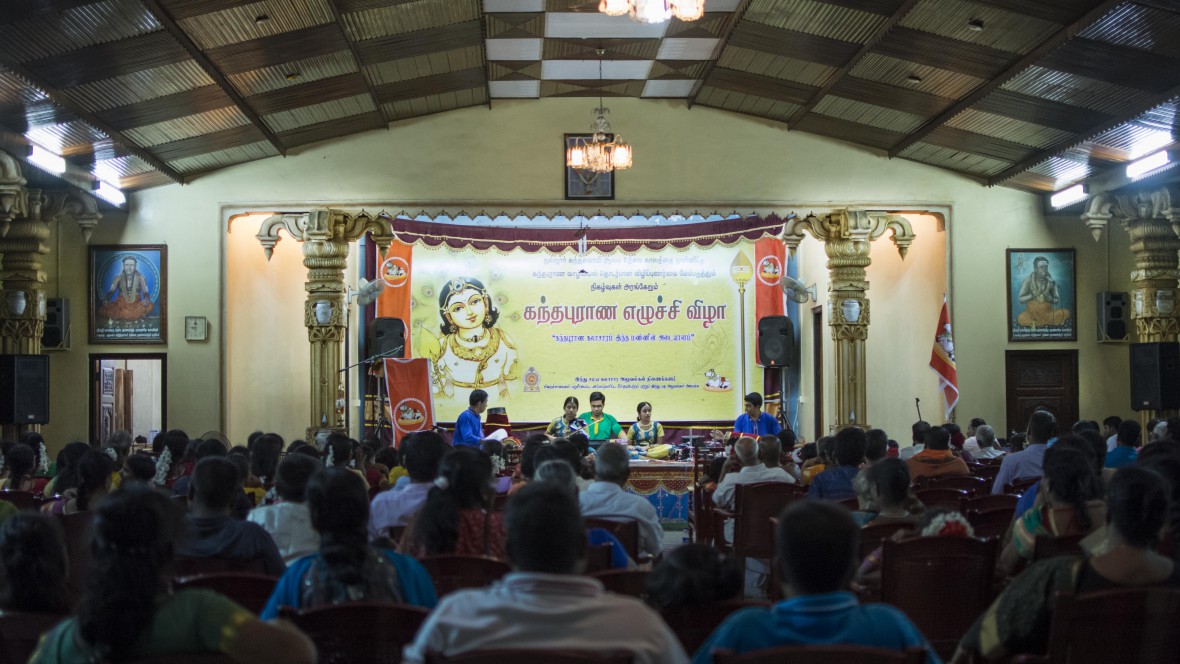
Many musical festivities take place, this being a musical about Lord Muruga.
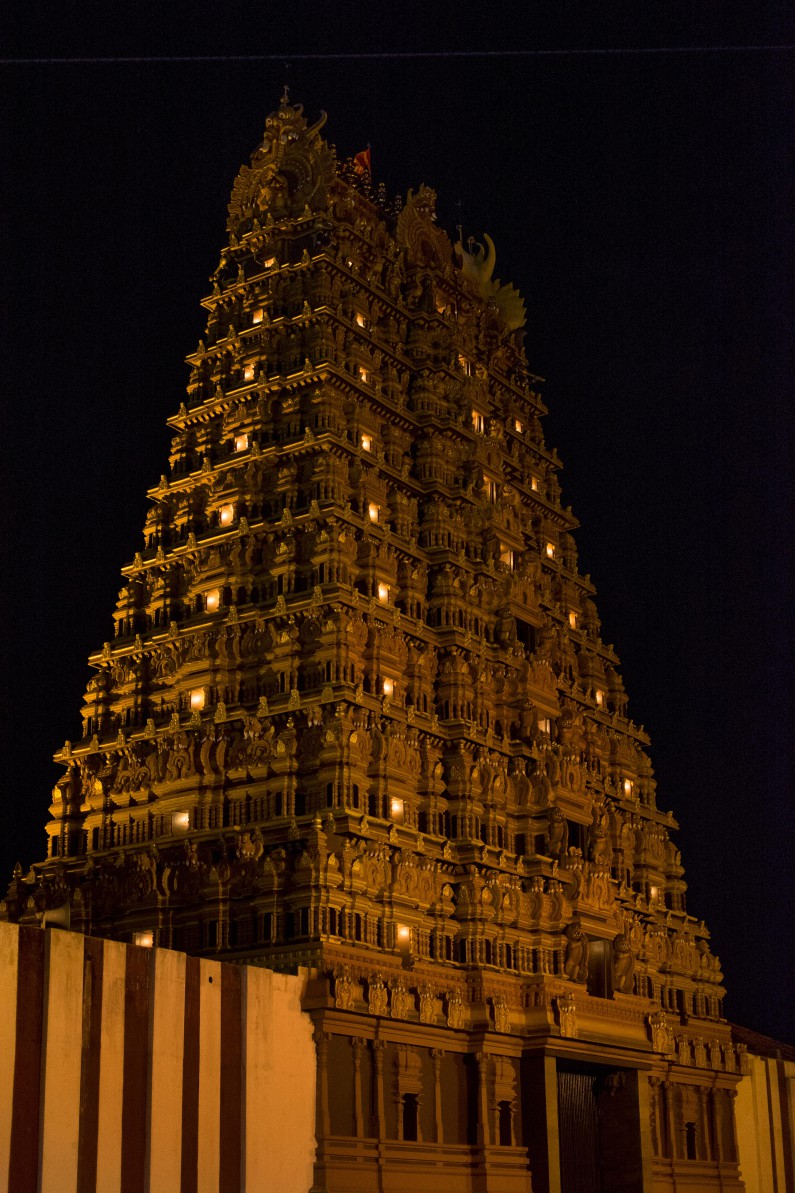
Nallur Shiva Temple at night.
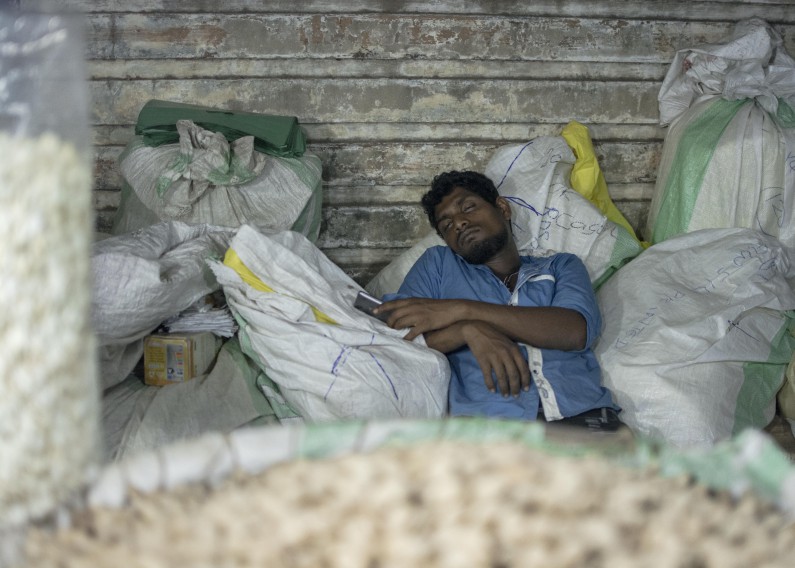
A popcorn and peanut vendor takes a quick nap after many sleepless nights.
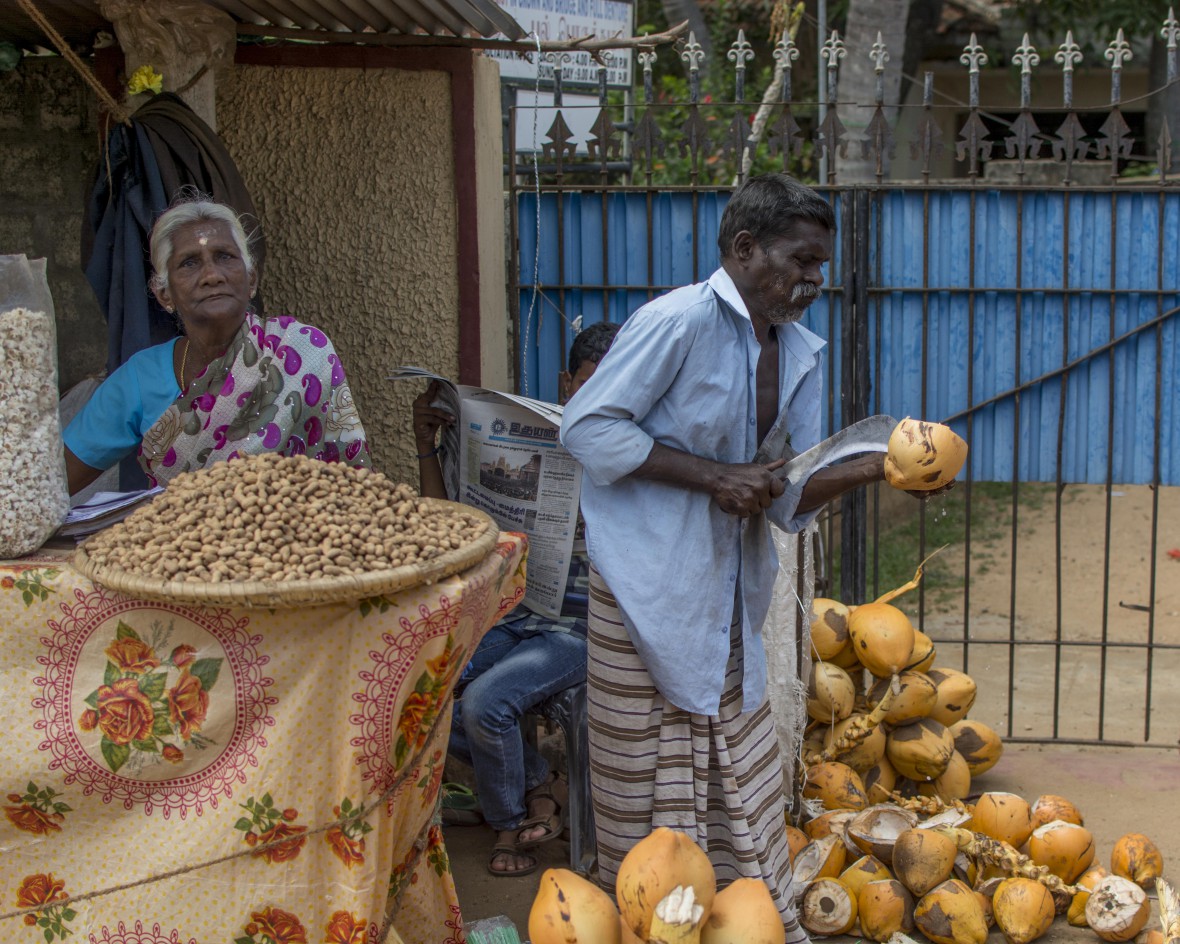
If you’re in need of a quick snack or something to quench your thirst while at Nallur, the thambili and peanut vendors are where you head.
With text contributions by Dilina Amaruwan and Andre Howson
